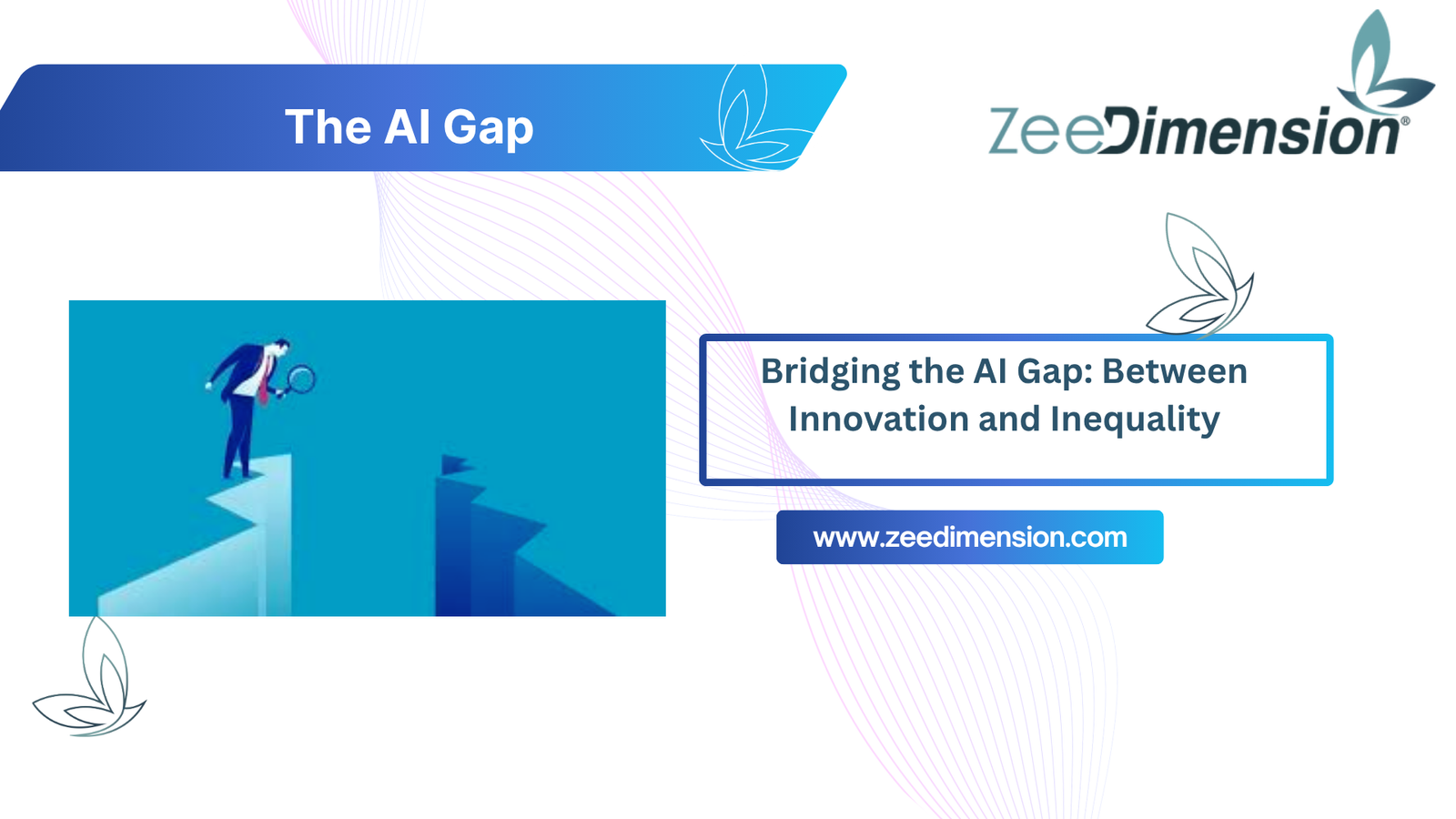(At home, we live in 2030. At work, we’re stuck in 1979)
The Irony of Modern Technology
Artificial intelligence has quietly integrated into our daily lives. We use it to write messages, plan vacations, generate artwork, and brainstorm ideas in seconds. Yet, when we step into the workplace, that same innovation seems to vanish.
Despite having advanced AI tools at our fingertips, many professionals still spend their days copying and pasting numbers into spreadsheets—repeating processes that haven’t changed in decades.
Two Different Worlds: Home vs. Work
In our personal lives, AI makes everything effortless. From smart recommendations to automated tasks, technology adapts to our preferences seamlessly.
But in the professional world, the experience is often the opposite. Endless Excel sheets, manual data entry, and outdated workflows dominate. The same person who relies on AI at home becomes trapped in a legacy system at work.
The Personal AI Revolution
The rise of personal AI tools has transformed how individuals live and think. ChatGPT drafts our texts and emails. Midjourney brings creative ideas to life. Spotify predicts what we want to hear next. Even meal planning apps learn our tastes and habits.
AI in personal use is frictionless, adaptive, and deeply personalized. It doesn’t just follow commands—it understands patterns and evolves with us.
The Professional Paradox
When we switch to our work environment, this technological fluency disappears. Many organizations still depend on outdated systems that prioritize control over innovation.
Employees spend valuable hours validating data, formatting cells, and maintaining reports—tasks that could easily be automated. It’s as if we’ve become digital archaeologists, digging through formulas from a bygone era.
The Real Problem: A Mindset Gap
This disconnect isn’t about technology—it’s about mindset. Organizations fear disruption, while employees crave progress. AI isn’t absent from offices because it’s unavailable; it’s absent because permission to innovate is often withheld.
True transformation requires shifting how leaders think about automation, trust, and empowerment.
Bridging the AI Gap
To close this divide, organizations must take deliberate steps to integrate AI across all levels of operation:
Invest in AI literacy: Equip teams with the knowledge to use AI responsibly and effectively.
Modernize analytics: Replace manual spreadsheets with intelligent, real-time dashboards.
Automate repetitive work: Free up employees to focus on strategy and creativity.
Foster experimentation: Encourage safe, open environments for testing new tools and ideas.
The goal is clear—make AI accessible to everyone, not just experts.
A Call to Action
We already trust AI to complete our sentences. It’s time to trust it to complete our reports, automate our workflows, and enhance our decisions.
Organizations must stop living in two technological realities. The same intelligence that simplifies our personal lives can—and should—redefine how we work.
Conclusion
AI isn’t the future anymore—it’s the present. The gap between our personal and professional use of technology is a choice, not a limitation.
It’s time for organizations to catch up, embrace intelligent tools, and build a workplace that reflects the world we already live in.








